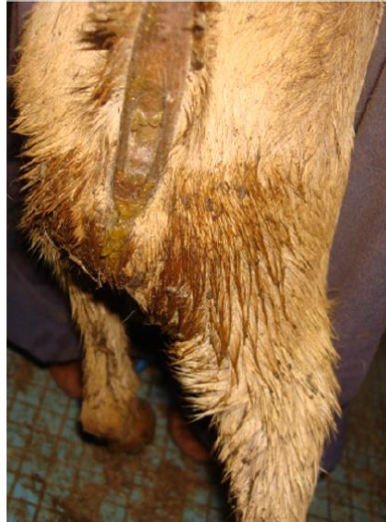
With an ongoing worldwide prevalence increase, infectious diseases are a constant threat to animal and human health. Pathogen etiology, clinical manifestations and diagnostic techniques are provided for each pathogen and disease prevention and treatment strategies are discussed.ĭespite a steady increase in camel husbandry worldwide, the pathologies of camel diseases are still relatively under investigated in comparison to other livestock and companion animals. 1, eaao2314 DOI: 10.1126/sciadv.This book serves as a comprehensive yet concise reference guide reviewing the latest knowledge on bacterial, viral, fungal and parasitic infectious diseases of old world dromedary camels. Martineau, Rashida Rystaeva, Zamira Omarova, Sara Wolfs, Florent Hawotte, Julien Radoux and Eleanor J. Morgan, Aslan Kerimbayev, Sergei Khomenko, Henny M. Kock, Mukhit Orynbayev, Sarah Robinson, Steffen Zuther, Navinder J. ^ Saigas on the brink: Multidisciplinary analysis of the factors influencing mass mortality events." Pasteurella haemolytica complicated respiratory infections in sheep and goats". ^ a b Brogden KA, Lehmkuhl HD, Cutlip RC (1998)."How Mannheimia haemolytica defeats host defence through a kiss of death mechanism". ^ a b Zecchinon L, Fett T, Desmecht D (2005)."Pasteurella Multocida Infection in Cats" (PDF). ^ Lloret, Albert Egberink, Herman Addie, Diane Belák, Sándor Boucraut-Baralon, Corine Frymus, Tadeusz Gruffydd-Jones, Tim Hartmann, Katrin Hosie, Margaret J Lutz, Hans Marsilio, Fulvio Möstl, Karin Pennisi, Maria Grazia Radford, Alan D Thiry, Etienne Truyen, Uwe Horzinek, Marian C (2013)."Taxonomic relationships of the haemolytica complex as evaluated by DNA-DNA hybridizations and 16S rRNA sequencing with proposal of Mannheimia haemolytica gen. ^ Angen Ø, Mutters R, Caugant DA, Olsen JE, Bisgaard M (1999).septica Differentiation by PCR Fingerprinting and -Glucosidase Activity". Pasteurellaceae: Biology, Genomics and Molecular Aspects.

Pasteurellosis is suspected to be the cause of recurrent mass mortality of Saiga antelopes.Enzootic pneumonia and atrophic rhinitis of pigs.Fowl cholera ( chicken and other domestic poultry and cage birds).Enzootic pneumonia of sheep (and goats, with frequent intervention of M.The pathologic condition commonly arises where the causative organism becomes established by secondary infection, following a primary bacterial or viral infection, which may occur after stress, e.g. haemolytica serovar A1 is known as the most common cause of the disease. Shipping fever in cattle and sheep ("shipping fever" may also be caused by Mannheimia haemolytica, in the absence of P.multocida, alone or associated with other pathogens: These diseases are considered caused by P. Environmental conditions (transportation, housing deficiency, and bad weather) also play a role. It often acts with other infectious agents, such as Chlamydia and Mycoplasma species and viruses. multocida causes numerous pathological conditions in domestic animals. However, it is most important to treat the wound. Either tetracycline or chloramphenicol provides an alternative in beta-lactam-intolerant patients. Pasteurellosis is usually treated with high-dose penicillin if severe. Treatment Īs the infection is usually transmitted into humans through animal bites, antibiotics usually treat the infection, but medical attention should be sought if the wound is severely swelling. Other locations are possible, such as septic arthritis, meningitis, and acute endocarditis, but are very rare.ĭiagnosis is made with isolation of Pasteurella multocida in a normally sterile site (blood, pus, or cerebrospinal fluid). Zoonosis, pasteurellosis can be transmitted to humans through cats.It usually presents as bilateral consolidating pneumonia, sometimes very severe. Pneumonia disease is also rare and appears in patients with some chronic pulmonary pathology.Sepsis is very rare, but can be as fulminant as septicaemic plague, with high fever, rigors, and vomiting, followed by shock and coagulopathy.

Complications are possible, in the form of septic arthritis, osteitis, or evolution to chronicity. Fever, moderate or very high, can be seen, along with vomiting, headache, and diarrhea. Inflammatory signs are very rapid to develop in 1 or 2 hours, edema, severe pain, and serosanguineous exudate appear.


 0 kommentar(er)
0 kommentar(er)
